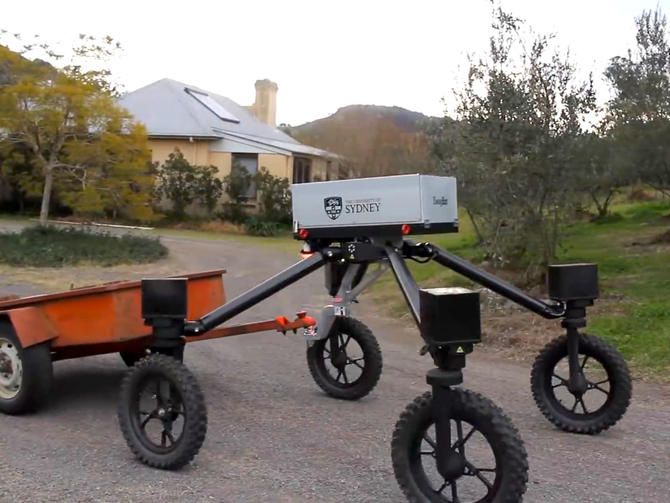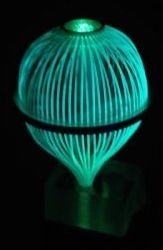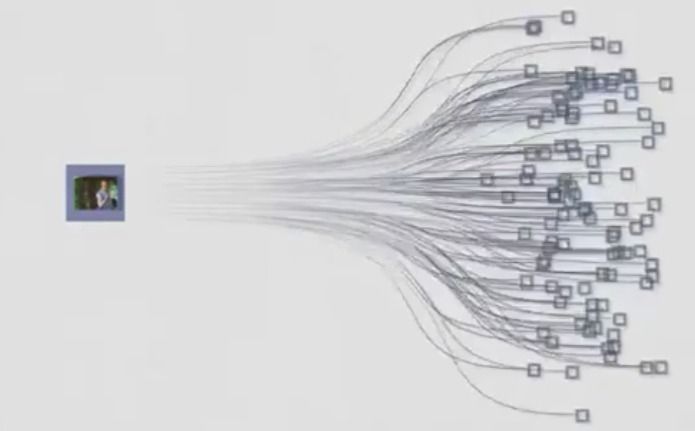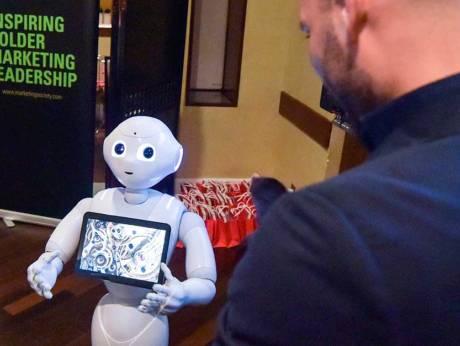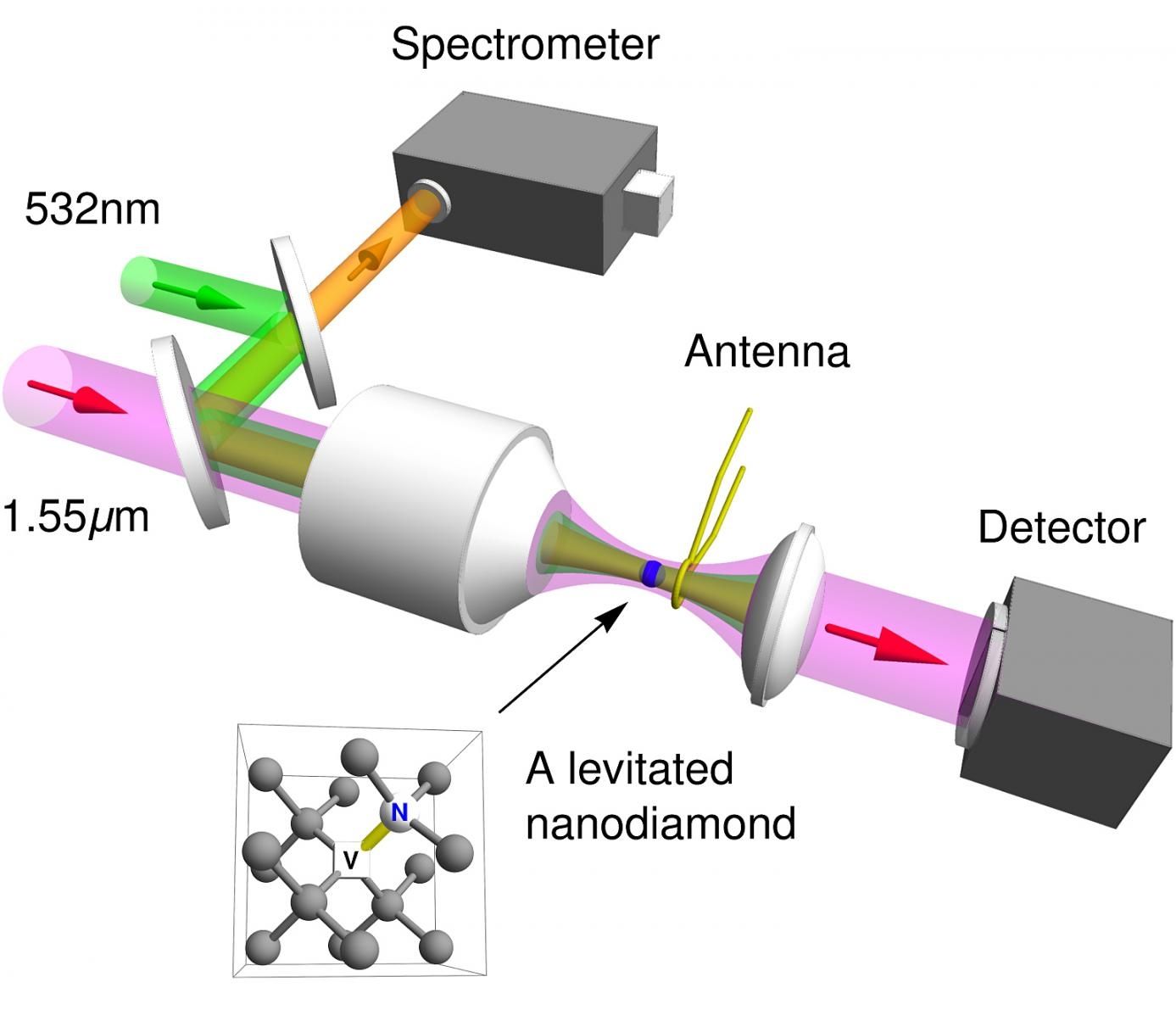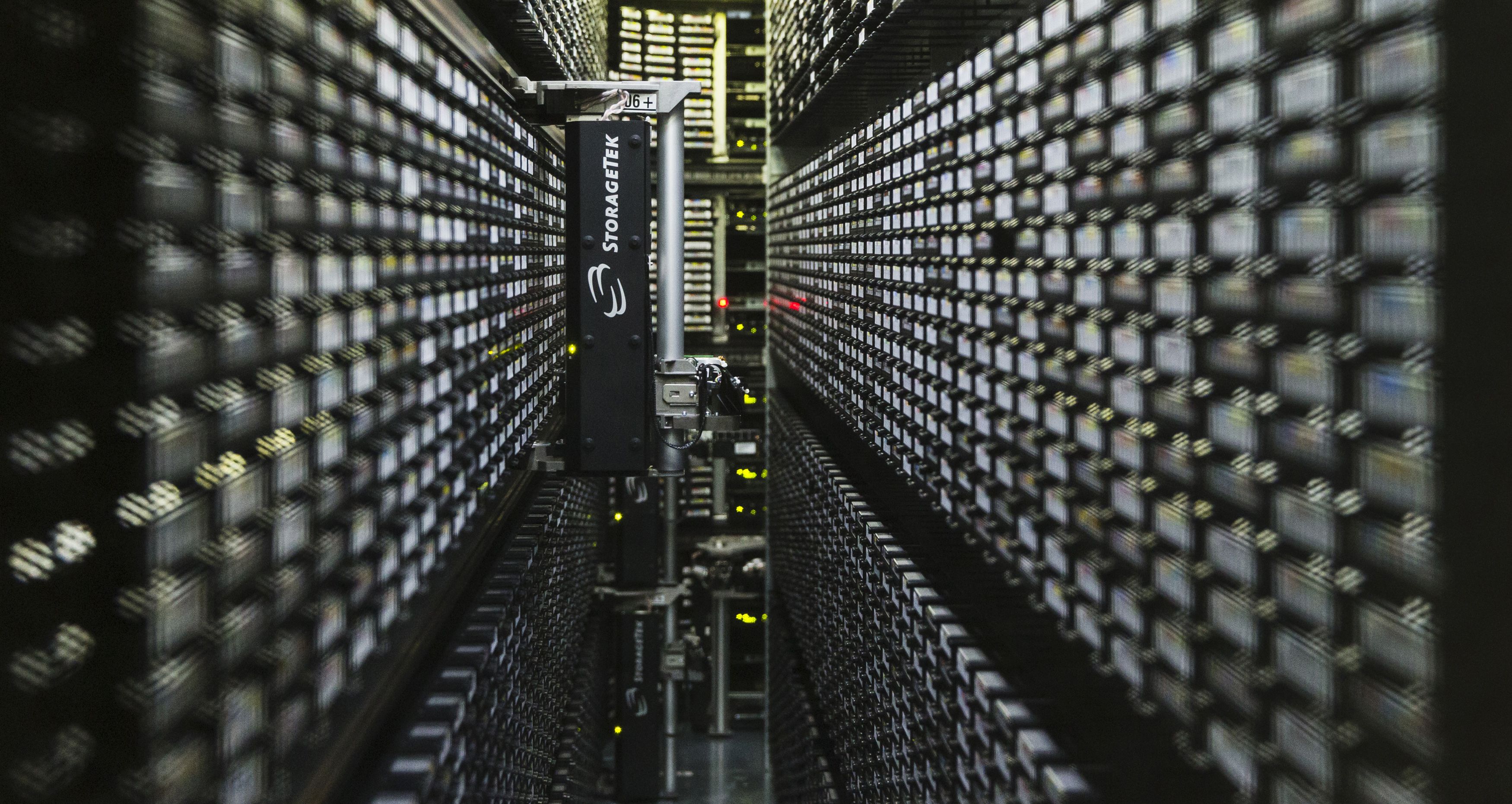Jul 19, 2016
Darknet Market Raises Its Ugly Head Again
Posted by Karen Hurst in categories: internet, law enforcement, security
Their back.
The internet has always been the most preferred platform for carrying out illicit activities. The underground black markets are not a new phenomenon in the virtual world. However, these black markets are now becoming more sophisticated and organized. Darkness is one such underground marketplaces which are rising and becoming uglier. Though law enforcement agencies have brought down the number of such illegal platforms, the Darknet markets are up and running. Darknet markets are growing bigger than ever with over $50 million UDS transactions reportedly flowing through these marketplaces and it is a big challenge in front of security agencies and governments to finish this underground industry from its roots.
Decoding Darknet
Continue reading “Darknet Market Raises Its Ugly Head Again” »

